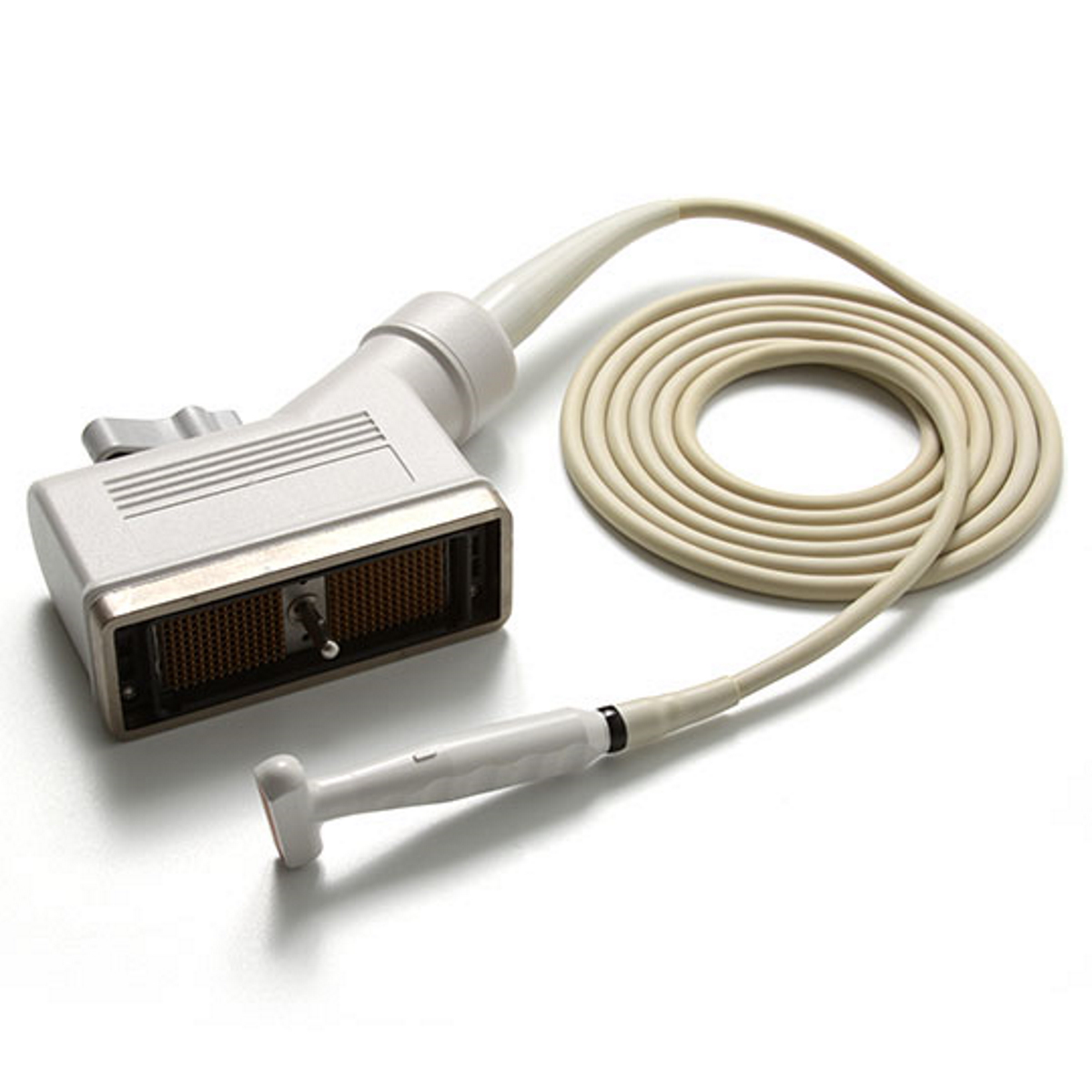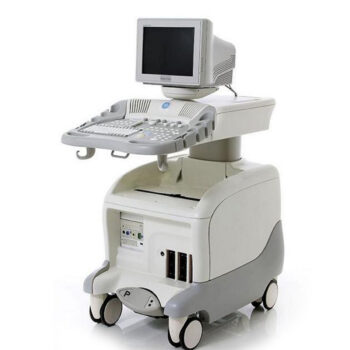The SONOSITE EDGE II Ultrasound represents a cutting-edge advancement in portable medical imaging technology, designed to provide high-resolution imaging capabilities in various clinical settings. Renowned for its portability, exceptional image quality, and versatility, the EDGE II has revolutionized point-of-care and emergency diagnostics.
Key Features and Functionality:
1. Portability and Compact Design: The hallmark feature of the SONOSITE EDGE II Ultrasound is its portability. Its compact and lightweight design allows healthcare professionals to easily carry it to different locations, making it especially valuable in situations where rapid assessments are critical.
2. Image Clarity and Resolution: Despite its small size, the EDGE II delivers impressive image quality. Advanced transducer technology and sophisticated imaging algorithms enable detailed visualization of organs, tissues, and blood flow patterns.
3. Rapid Boot-Up and Scanning: The EDGE II’s quick boot-up time ensures that healthcare professionals can swiftly initiate scans, providing immediate access to diagnostic information. This is particularly advantageous in emergency departments and other time-sensitive scenarios.
4. User-Friendly Interface: The system features an intuitive user interface that simplifies operation. With easily accessible imaging modes and settings, clinicians can efficiently navigate through options and optimize imaging parameters.
Clinical Applications:
1. Point-of-Care Diagnostics: The EDGE II’s portability makes it a valuable tool for point-of-care diagnostics. Healthcare providers can quickly perform ultrasound examinations at the patient’s bedside, enabling timely and informed decision-making.
2. Emergency Medicine: In emergency situations, where immediate diagnostic information is crucial, the EDGE II shines. Its rapid boot-up and scanning capabilities aid healthcare professionals in rapidly assessing patients and determining the appropriate course of action.
3. Interventional Procedures: The EDGE II’s real-time imaging capabilities are advantageous for guiding interventional procedures, such as nerve blocks, vascular access, and other minimally invasive interventions.
4. Musculoskeletal Imaging: The system’s high-resolution imaging is beneficial for evaluating musculoskeletal structures, including joints, tendons, and muscles. This aids in diagnosing injuries, inflammation, and other conditions.
Maintenance and Quality Assurance:
Maintaining the performance of the SONOSITE EDGE II Ultrasound involves regular maintenance. Routine servicing, calibration, and software updates are essential to ensure consistent image quality and optimal functionality. Quality assurance measures, including periodic performance testing, help identify deviations and ensure accurate and reliable results.
Conclusion:
The SONOSITE EDGE II Ultrasound system has redefined point-of-care imaging, offering exceptional image quality and portability in a single package. Its ability to deliver high-resolution imaging in various clinical scenarios, particularly in emergencies and at the bedside, enhances patient care and enables healthcare professionals to make informed decisions rapidly. With its user-friendly interface, compact design, and versatile applications, the EDGE II continues to contribute significantly to modern medical practice.
IMAGING MODES
2D / Tissue Harmonic Imaging / M-Mode Velocity Color Doppler / Color Power Doppler PW, PW Tissue Doppler and CW
Doppler angle, correct after freeze
IMAGE PROCESSING
SonoADAPT™ Tissue Optimization
SonoHD2™ Imaging Technology
Dual Imaging, Duplex Imaging, 2x pan/zoom capability, Dynamic range and gain
ColorHD™ Technology
STEEP NEEDLE PROFILING
C35x – Nerve, MSK, Spine
HFL38xi – Nerve, MSK, Breast, Small Parts, Arterial, Venous
HFL50x – Nerve, MSK, Breast, Small Parts L25x – Nerve, MSK, Arterial, Venous HSL25x – Nerve, MSK, Arterial, Venous L38xi – Nerve
rC60xi – Nerve, MSK










